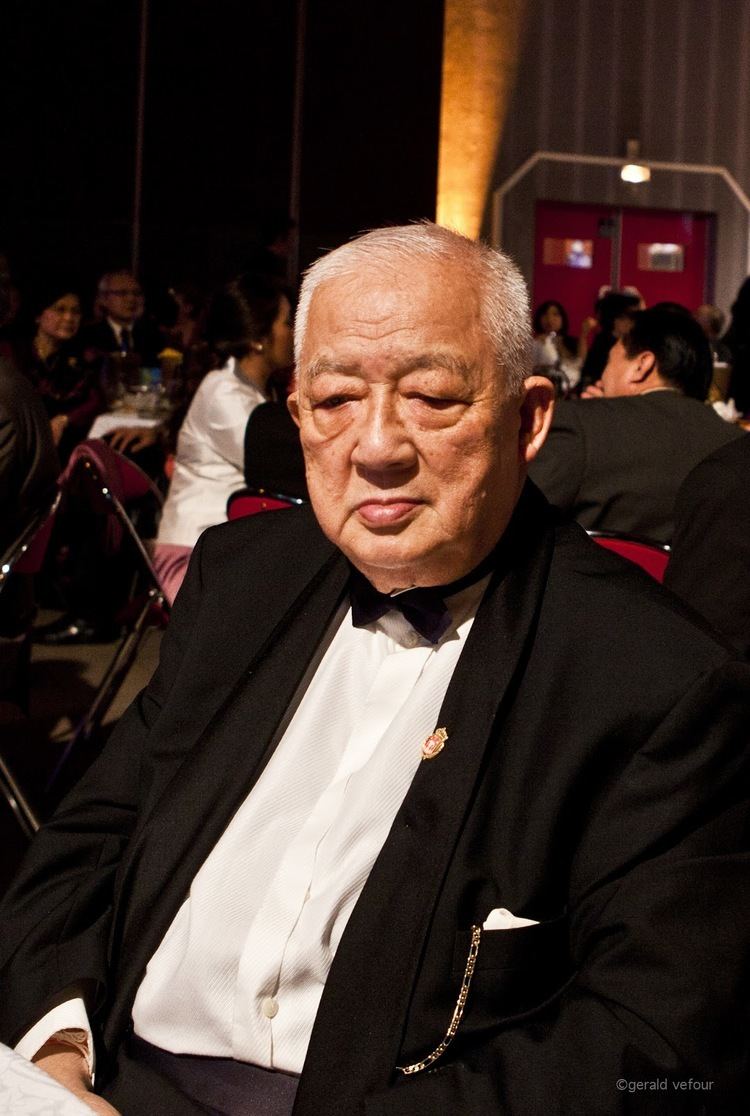Name Sauryavong Savang | Great-grandparents Zakarine | |
 | ||
Parents Sisavang Vatthana, Khamphoui Grandparents Sisavang Vong, Chao Krum Mahasenapati, Khamoune, Kham-Oun I Similar People Sisavang Vatthana, Khamphoui, Sisavang Vong | ||
Celebrationdu phrabang a la pagode velouvanaram 21 05 2017 chap 8 allocution s a r sauryavong savang
Prince Sauryavong Savang (born 22 January 1937) is the youngest son of King Savang Vatthana of Laos. In 1965, he married Princess Dalavan and they have four children, Sthira Sauryavong, Dayavant Sauryavong, Balavant Sauryavong, and Krishnajina Sauryavong.
Contents
- Celebrationdu phrabang a la pagode velouvanaram 21 05 2017 chap 8 allocution s a r sauryavong savang
- Funrailles de S A R le Prince Sauryavong SAVANG du 09 01 2018 Chap 9
- Quotes
- References
Control of the Kingdom of Laos was seized by communist forces in August 1975. In November 1975, the Prince escaped from Laos by swimming across the Mekong river to Thailand. He is currently head of the Laotian royal family and acts as Regent to his nephew Crown Prince Soulivong Savang.
Prior to leaving Laos he headed the Office of Crown Properties. He currently lives in Paris, France, where he worked for Renault.
In September 1997, he and his nephews Crown Prince Soulivong Savang and Prince Thayavong Savang initiated a Royal Lao Conference in Seattle, United States, over three hundred Lao exiles and representatives of the Hmongs community.
A resolution was established at this historic meeting between the Lao and Hmongs leaders and the Royal Family and it held the common goal to change "the totalitarian regime to a genuine democratic system", and "the reunification of the Lao people".
In July 2000, he came under harsh criticism from some quarters after allegedly ordering the Vang Tao raid, he denied prior knowledge of the military attack against the Communist government of Laos.
He works along with other surviving members of the Laos Royal Family such as Prince Mangkra Souvannaphouma, Crown Prince Soulivong Savang and Prince Thayavong Savang to establish a Constitutional Monarchy in Laos.
